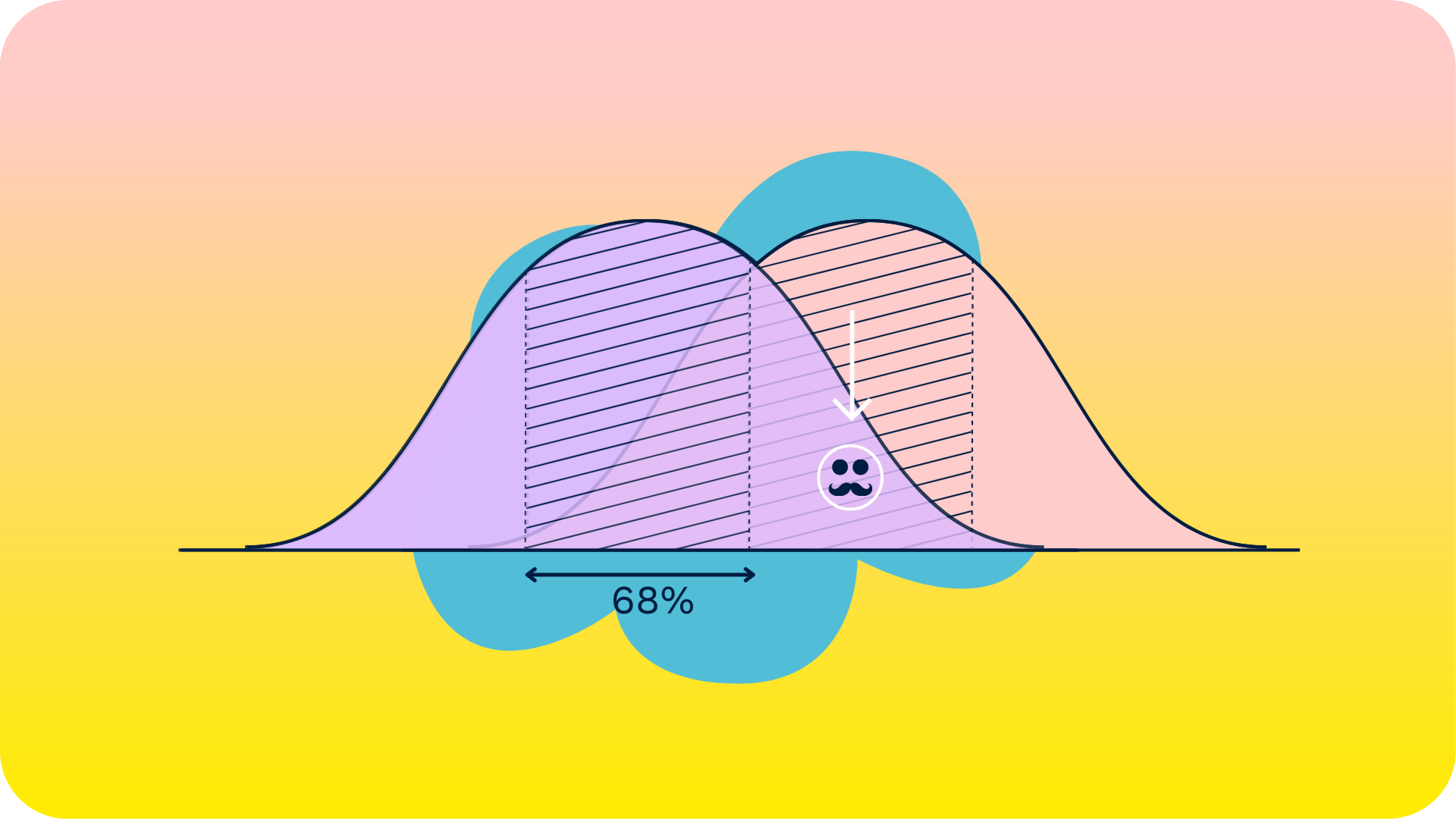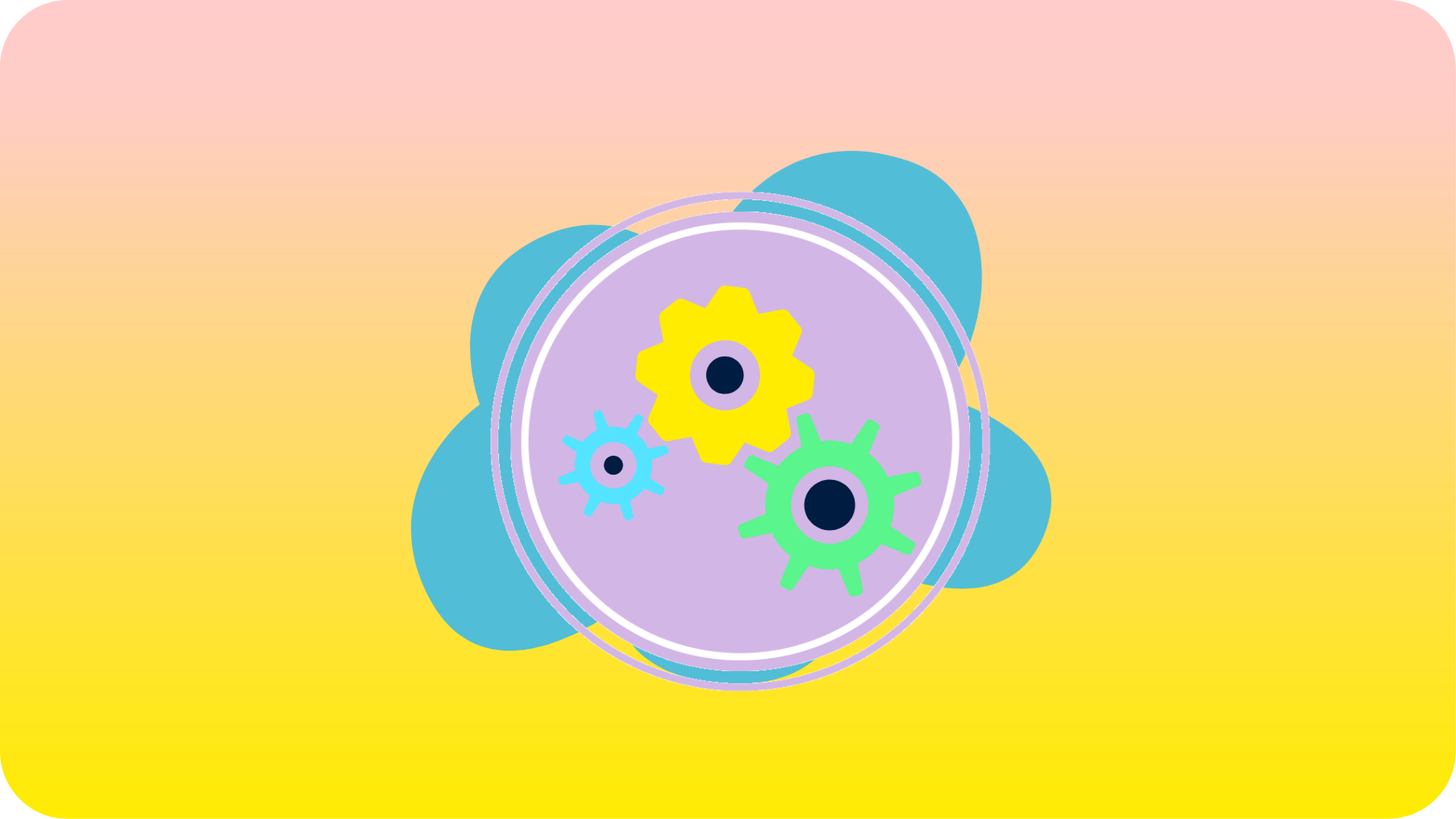The Creative Industry: Last Man Standing or Adapting to Disruption?
To all leaders of creative companies: rule by keeping this future in mind! Are we facing the disruption of the creative industry?
For decades, the creative industry has been hailed as the one that technology and the ratio-focussed people cannot disrupt. Mainly due to creativity being a uniquely human trait that cannot be replicated by machines. However, with the advancement of data analytics and artificial intelligence, the line between human creativity and machine-generated creativity is blurring. The creative industry is now heading as one of the last industries into a concrete disruption, where re-invention and a change of belief is crucial: the disruption of the creative industry.
6D’s of disruption
In his book “The Future is Faster Than You Think”, Steven Kotler outlines his theory on the 6 D’s of Disruption: Digitization, Deception, Disruption, Demonetization, Dematerialization, and Democratization. Each of these D’s applies to the creative industry and will be the determiner for survivor’s and dinosaurs:
- Digitization: The first D refers to the process of turning analog information into digital data. In the creative industry, digitization has already taken place in the form of digital art, music, and film. This has opened up new avenues for creative expression and distribution. But, it has also made it easier for machines to create content.
- Deception: The second D in the theory refers to the point at which technology becomes good enough to deceive humans but the solutions are not yet as effective as the original. Thereby, leaving room for disappointment and fuel for cynics. It looks like this is the state where many of the traditional creative decision makers are currently in. And thereby giving room to go back to all that is and was familiar.
- Disruption: The third D in the theory is Disruption, which refers to the point at which technology disrupts existing industries. In the creative industry, we are not quite at this point yet, but we are seeing the beginnings of disruption. Machine learning algorithms are already being used to generate music, art, and even creative copy. ChatGPT being very actual at this time of writing. Those organizations that implement technology and only get 10% more accurate, faster, cost effective will lead the disruption and gain advantage.
- Demonetization: The fourth D in the theory refers to the point at which technology makes existing products or services essentially free. In the creative industry, we are already seeing this with the availability of royalty-free music, stock photos, and other creative assets. See what the launch of ChatGPT has done with ‘free’ copywriting.
- Dematerialization: The fifth D in the theory refers to the point at which technology makes physical products irrelevant. In the creative industry, we are not quite at this point yet. However, we are seeing a trend towards digital-only content. This could make physical art, music, and film less relevant in the future.
- Democratization: The final D in the theory refers to the point at which technology makes previously expensive or exclusive products and services available to everyone. In the creative industry, we are already seeing this with the availability of free or low-cost creative software and online tools that make it easier than ever for anyone to create and distribute content. Again: ‘ChatGPT, BARD, and so much more to be rolled out as from now.
Change of mindset
‘So what?’ I can hear the cynics think. Well in order to be relevant you must re-invent! A creative god-complex stands in the way of a crucial cultural change. To truly succeed in the face of disruption, creative organizations and individuals must embrace a mindset that combines both intuition-based creativity and technology-based creativity. The most successful creatives will be those who are willing to adapt and embrace the changing landscape of their industry. A willingness to change is crucial. Where change is seen as an opportunity rather than a threat. Fear-based thinking will only hold back progress. And technology must also be integrated into the creative process to truly make a difference. This means being open to new tools and techniques that can enhance and amplify the creative process.
Cultural change
But a changed mindset will not be your sole savior. One of the biggest challenges for the creative industry to embrace a tech belief is a cultural change. The industry has long been steeped in a tradition of intuition-based creativity, where the ideas and inspirations of individual creatives are prized above all else. This culture has given rise to a “creative director with a god complex” mentality. A single individual’s vision is considered paramount. For the creative industry to fully embrace technology and the benefits it can offer, there needs to be a shift in this culture. Creatives must be willing to let go of their ego and embrace a more collaborative approach to creativity, where technology is seen as a tool to enhance and amplify their ideas, rather than a threat to their authority.
This cultural shift will require a significant amount of effort and buy-in from all levels of the industry. Companies must be willing to invest in technology and provide training and support to their employees, while creatives must be willing to learn new skills and embrace a more data-driven approach to their work. The disruption will go through different stages where the survivor companies will anticipate on the stages before they appear.
In conclusion
The creative industry is at a crossroads. The line between human and machine-generated creativity is becoming increasingly blurred, and only those who are willing to embrace both intuition-based creativity and technology-based creativity will truly succeed. Organizations and individuals who are truly willing to adapt, embrace change, and let their creativity be enhanced by technology will be the ones that come out on top.
Written by Erik Kepper
Head of Strategy & Organization Development at Minkowski







